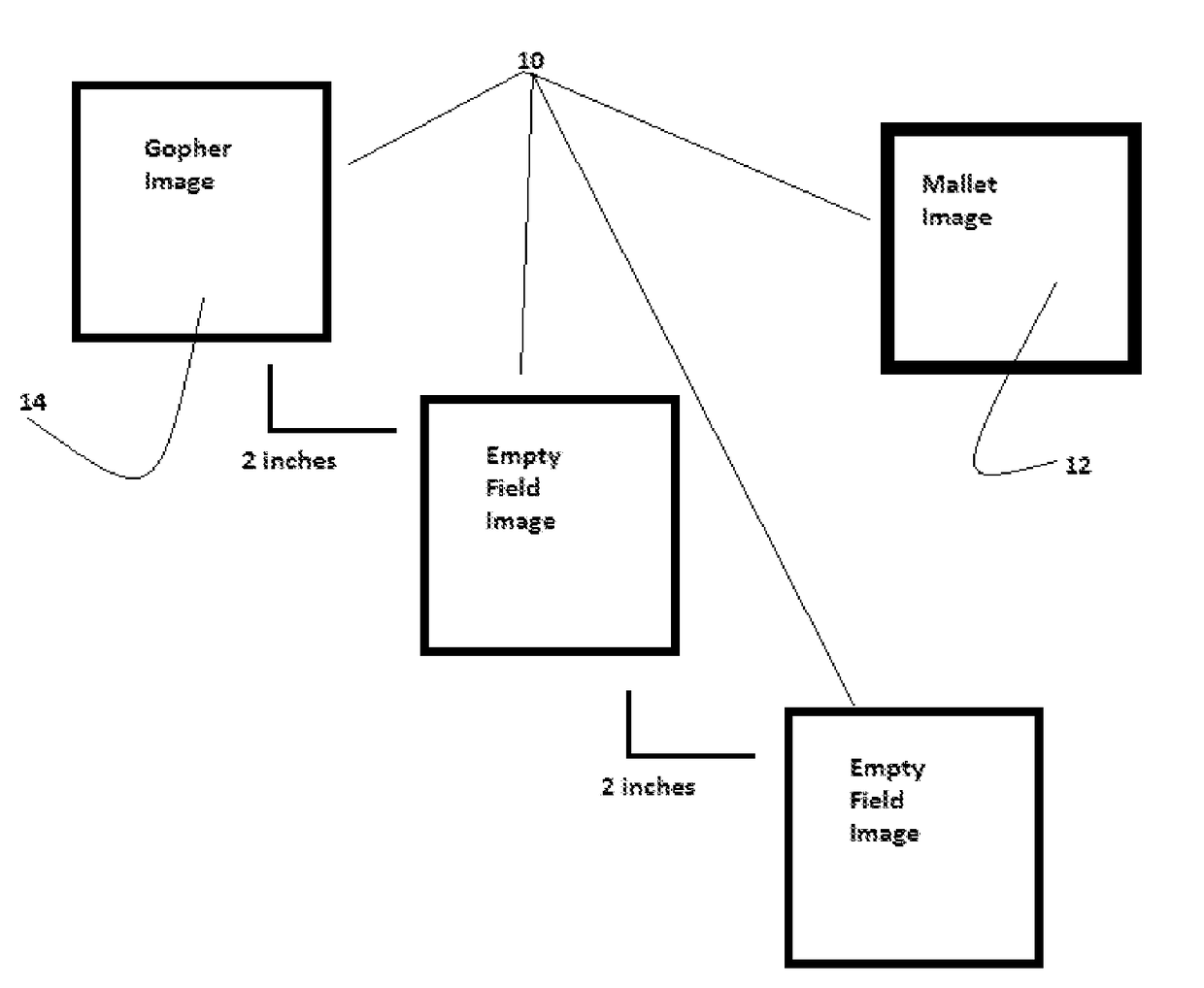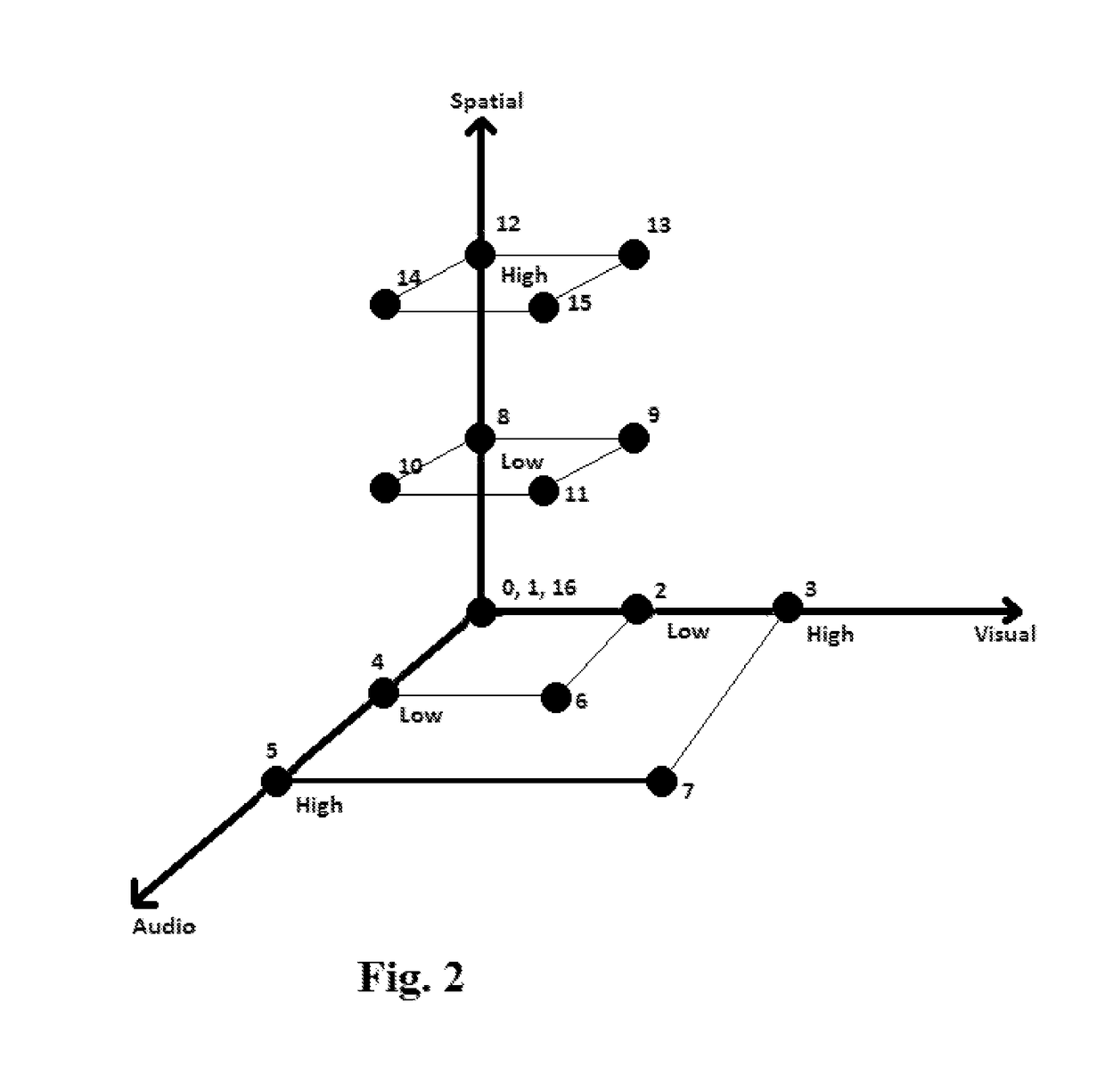Vector space methods towards the assessment and improvement of neurological conditions
a vector space and neurological technology, applied in the field of cognitive disorders, can solve the problems of inability to prove a reliable identification method, limited resources, and impairment of executive functioning, and achieve the effect of improving the fidelity of psychiatric diagnosis
- Summary
- Abstract
- Description
- Claims
- Application Information
AI Technical Summary
Benefits of technology
Problems solved by technology
Method used
Image
Examples
Embodiment Construction
[0025]Subjects were children and adolescents between 6 and 17 years of age (n=52) as indicated in Table 1. They were recruited from two outpatient clinics. Twenty-six subjects were included in the study who met diagnostic criteria for ADHD, along with 26 age- and sex-matched comparison subjects without ADHD (Table 1). The study participants were administered the Schedule for Affective Disorders and years of age (n=52) as indicated in Table 1. They were recruited from two outpatient clinics. Twenty-six subjects were included in the study who met diagnostic criteria for ADHD, along with 26 age- and sex-matched comparison subjects without ADHD (Table 1). The study participants were administered the Schedule for Affective Disorders and Schizophrenia for School-Age Children-Present and Lifetime Version, a semistructured diagnostic interview conducted by a psychiatric nurse trained by a child / adolescent psychiatrist at a community-based clinic (j=1.0) and reviewed by two independent child...
PUM
 Login to View More
Login to View More Abstract
Description
Claims
Application Information
 Login to View More
Login to View More - R&D
- Intellectual Property
- Life Sciences
- Materials
- Tech Scout
- Unparalleled Data Quality
- Higher Quality Content
- 60% Fewer Hallucinations
Browse by: Latest US Patents, China's latest patents, Technical Efficacy Thesaurus, Application Domain, Technology Topic, Popular Technical Reports.
© 2025 PatSnap. All rights reserved.Legal|Privacy policy|Modern Slavery Act Transparency Statement|Sitemap|About US| Contact US: help@patsnap.com



